Explain the Different Microbial Virulence Factors That Affect Pathogenicity
A high genetic and antigenic variability is demonstrated in a broad spectrum of influenza A viruses ranging from. COLI involves the secretion of.

Specialized Pro Resolving Mediators Biosynthesis And Biological Role In Bacterial Infections Jordan The Febs Journal Wiley Online Library
The natural site or home for a pathogen is known.
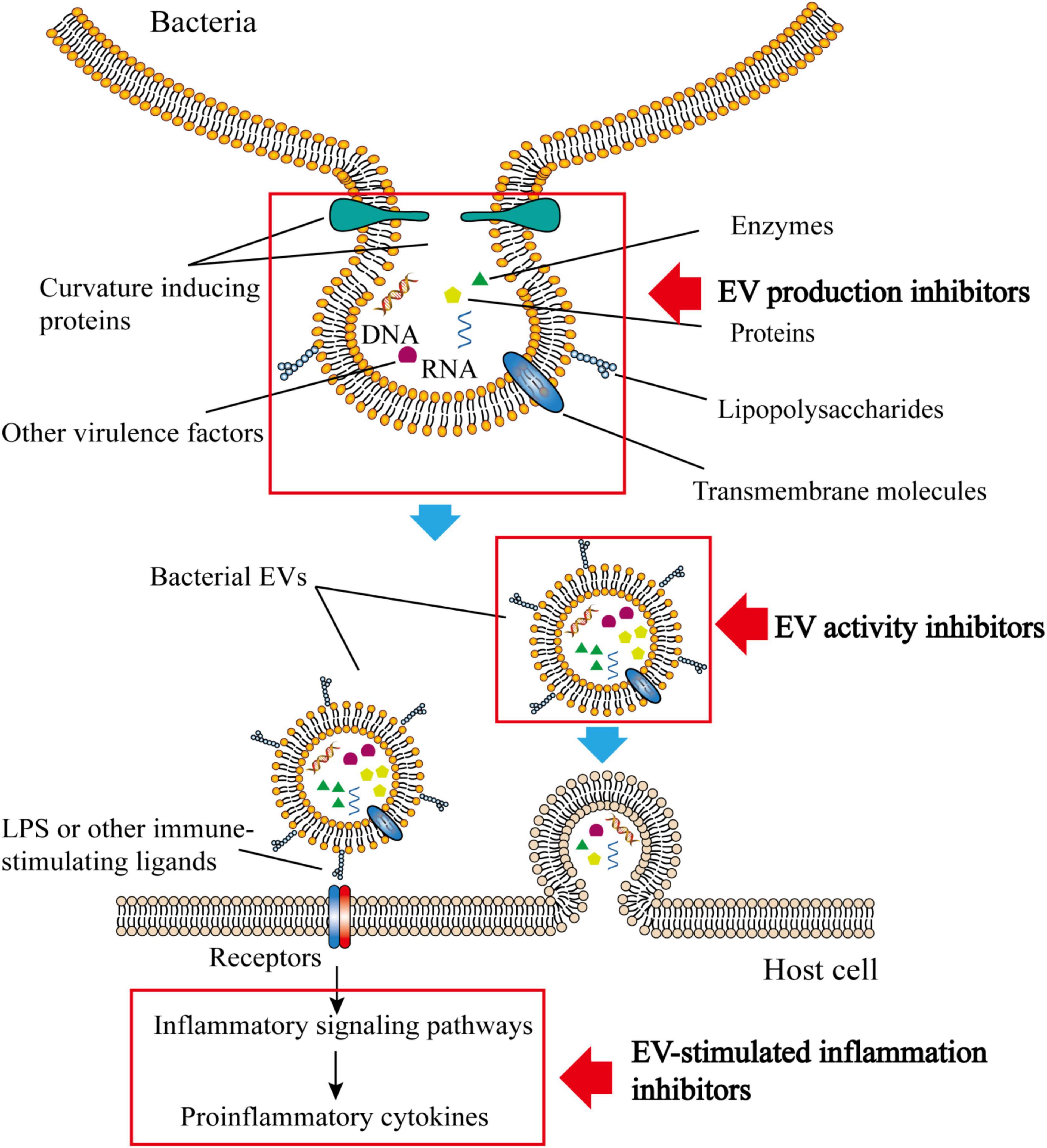
. The genes that code for virulence factors are commonly found clustered on the. Pathogenicity of many Gram-negative bacteria such as YERSINIA ENTEROCOLITICA SALMONELLA ENTERICA and enteropathogenic strains of E. However the virulence of viruses is not well defined.
The virulence traits of pathogenic microorganisms at the genetic and molecular level remind us that bacterial pathogenicity does not arise by slow adaptive evolution but by quantum leaps. As is the case for many virulence factors mutation of the stx 2 gene doesnt affect a bacteriums ability to grow Figure 4a or to produce other disease-related proteins such as intimin or Tir. An infection starts with exposure to a pathogen.
This ability represents a genetic component of the pathogen and the overt. The degree of virulence is related directly to the ability of the organism to cause disease despite host resistance mechanisms. Aureus produces an astounding array of virulence factors.
Virulence factors help bacteria to 1 invade the host 2 cause disease and 3 evade host defenses. 5 rows In addition to capsules and proteases some bacterial pathogens produce other virulence factors. Colonization of a niche in the host immunoevasion.
Generally the virulence of pathogenic bacteria is directly related to the ability of the organism to produce one or more toxins. Pathogenicity refers to the ability of an organism to cause disease ie harm the host. Plasmids bacteriophage and transposons.
In order for a. Virulence is the measure of the pathogenicity of an organism. Many pathogenic bacteria colonize mucosal sites by using pili fimbriae to adhere to cells.
In addition to capsules and proteases some bacterial pathogens produce other virulence factors that allow them to evade the immune system. These are discovered in the Protozoan cilia bacterial flagella and fimbriae and the viral capsids or coverings. Virulence Factors for Adhesion.
In contrast to many other bacterial pathogens which often rely on only one or a few toxins to promote disease S. Recall that an adhesin is a protein or glycoprotein. Bacterial virulence factors known to be regulated by two component systems include pertussis toxin of B pertussis BvgABvgS 63 pili formation and cholera toxin production of V cholerae.
Toxins may or may not transform the recipient bacteria into better-adapted or more virulent. Virulence factors may be coded within the. As discussed in the previous section the first two steps in pathogenesis are exposure and adhesion.
The following are types of virulence factors. Bacterial Virulence Factors are molecules synthesized by certain bacteria that increases their capacity to infect or damage human tissues. This review deals with factors that influence the virulence of influenza A virus.
The fimbriae of certain species of Streptococcus. Among the factors that determine adherence are adhesins microbial molecules that mediate attachment to a cell and host receptors to which the adhesins bind. The virulence factors of bacteria and viruses can differ drastically due to the obvious differences.
Protozoans have additional adhesive factors like hooks and barbs. Collectively the characteristics that contribute to virulence are called virulence factors. Examples of virulence factors.
21 Bacterial Pathogenicity Pathogen Transmission. In addition to capsules and proteases some bacterial pathogens produce other virulence factors. The horizontally transferred virulence factors eg.
Virulence factors are cellular structures molecules and regulatory systems that enable microbial pathogens to achieve the following.

Virulence Factors Of Bacterial And Viral Pathogens Microbiology
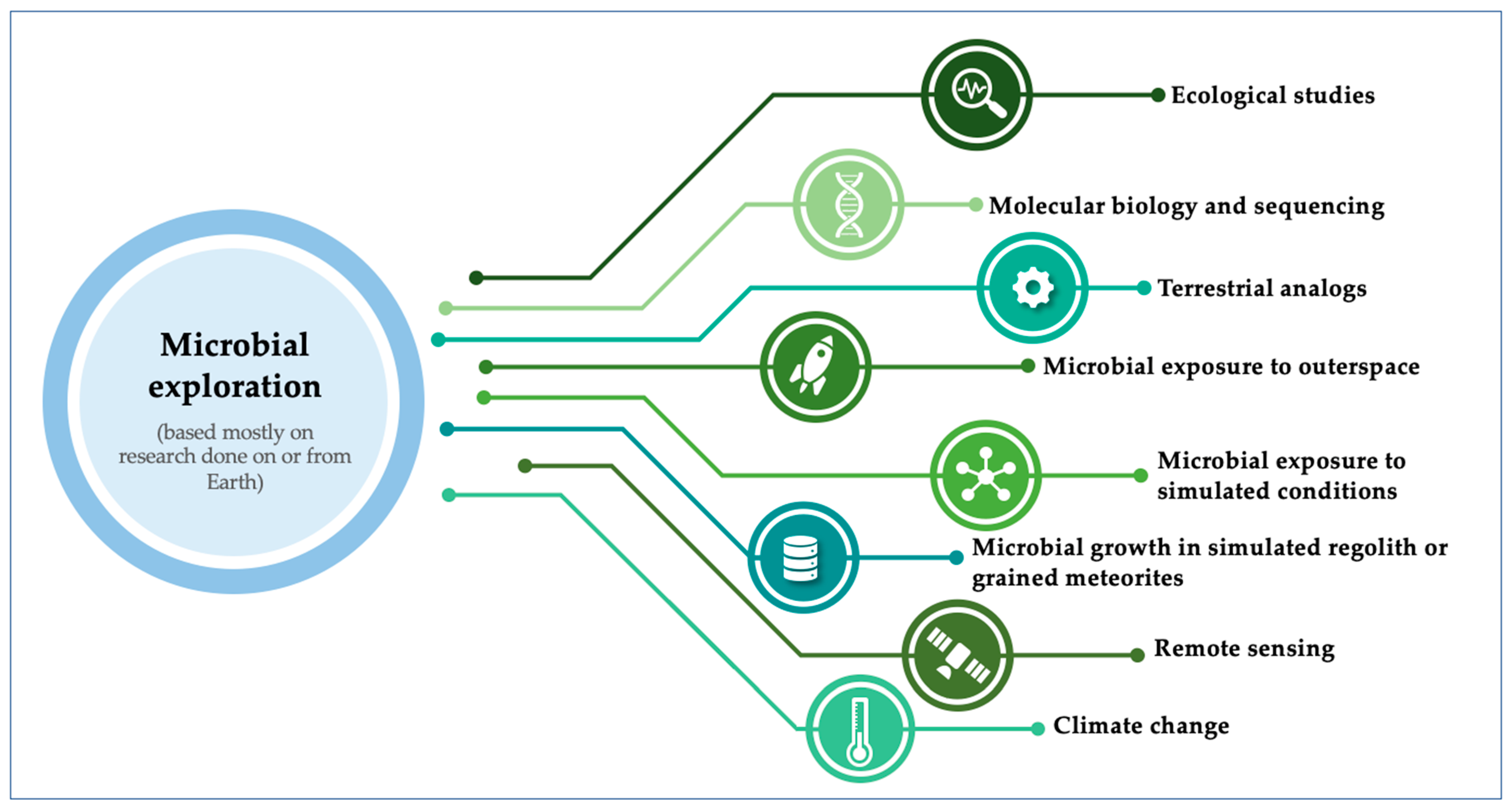
Pathogens Free Full Text Microbial Pathogenicity In Space Html

Virulence Factor An Overview Sciencedirect Topics
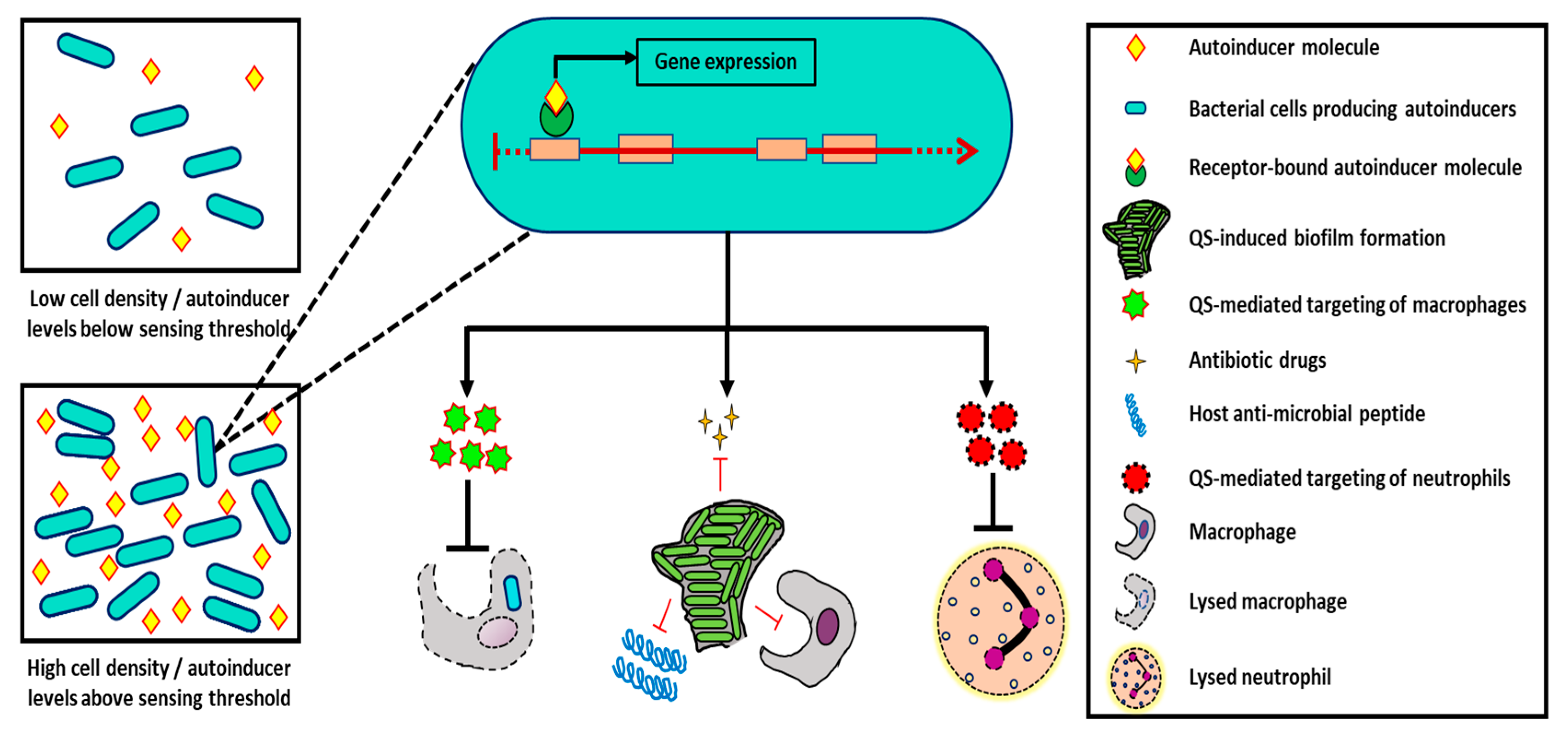
Pathogens Free Full Text The Impact Of Intraspecies And Interspecies Bacterial Interactions On Disease Outcome Html

Virulence Factor An Overview Sciencedirect Topics

Glycan Mediated Molecular Interactions In Bacterial Pathogenesis Trends In Microbiology

Virulence An Overview Sciencedirect Topics

Rhizospheric Plant Microbe Interactions Mirnas As A Key Mediator Trends In Plant Science

Jcm Free Full Text Importance Of Virulence Factors For The Persistence Of Oral Bacteria In The Inflamed Gingival Crevice And In The Pathogenesis Of Periodontal Disease Html

21 Bacterial Pathogenicity Biology Libretexts

Virulence Factors Of Bacterial And Viral Pathogens Microbiology

Pathogenicity Factor An Overview Sciencedirect Topics

Emergence And Evolution Of Virulence In Human Pathogenic Fungi Trends In Microbiology
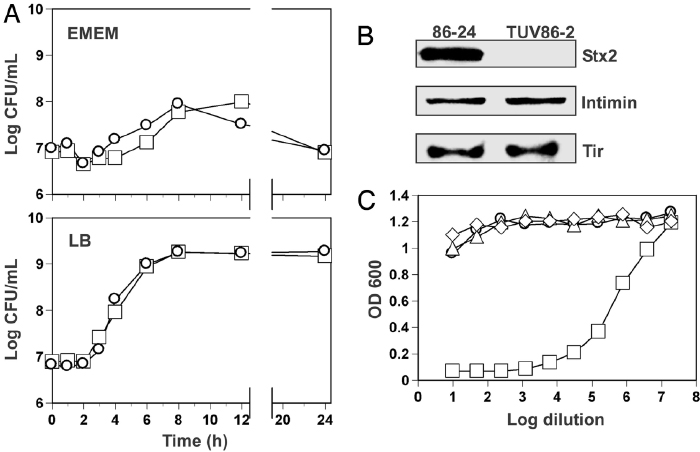
Pathogenicity Microbial Virulence Learn Science At Scitable

Frontiers Inhibitors Of Bacterial Extracellular Vesicles Microbiology

Bacterial Adaptation Strategies To Host Derived Fatty Acids Trends In Microbiology

Development Of Phylodynamic Methods For Bacterial Pathogens Trends In Microbiology
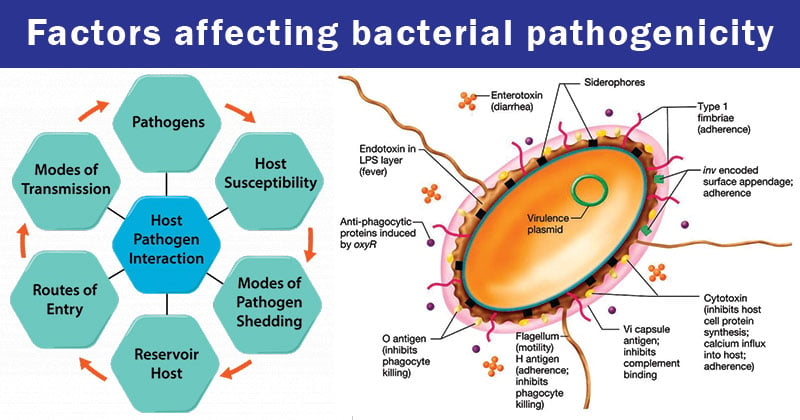

Comments
Post a Comment